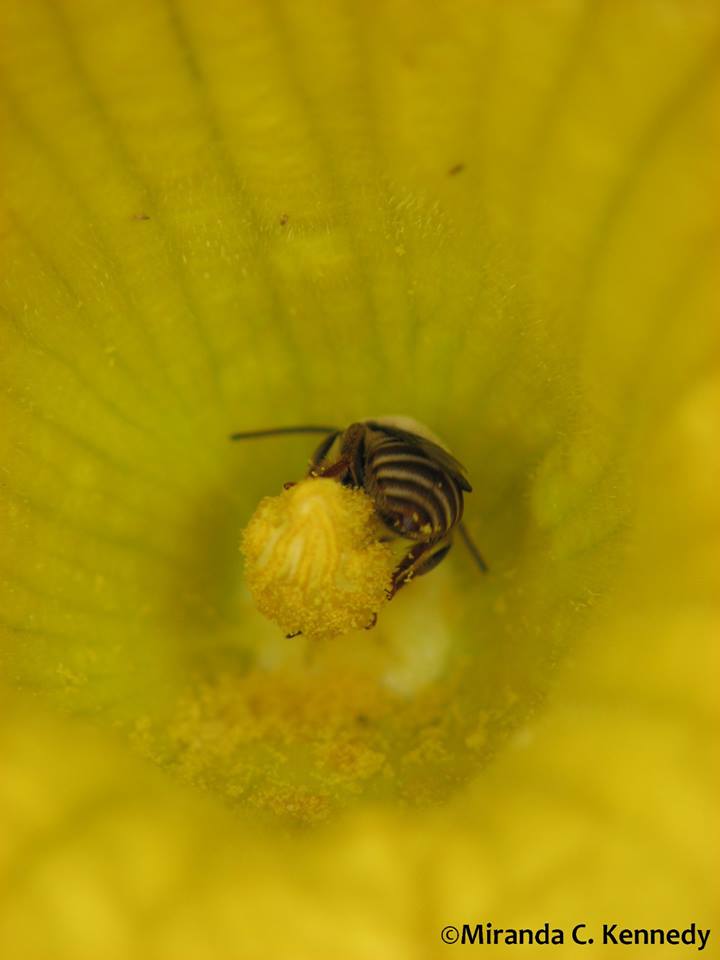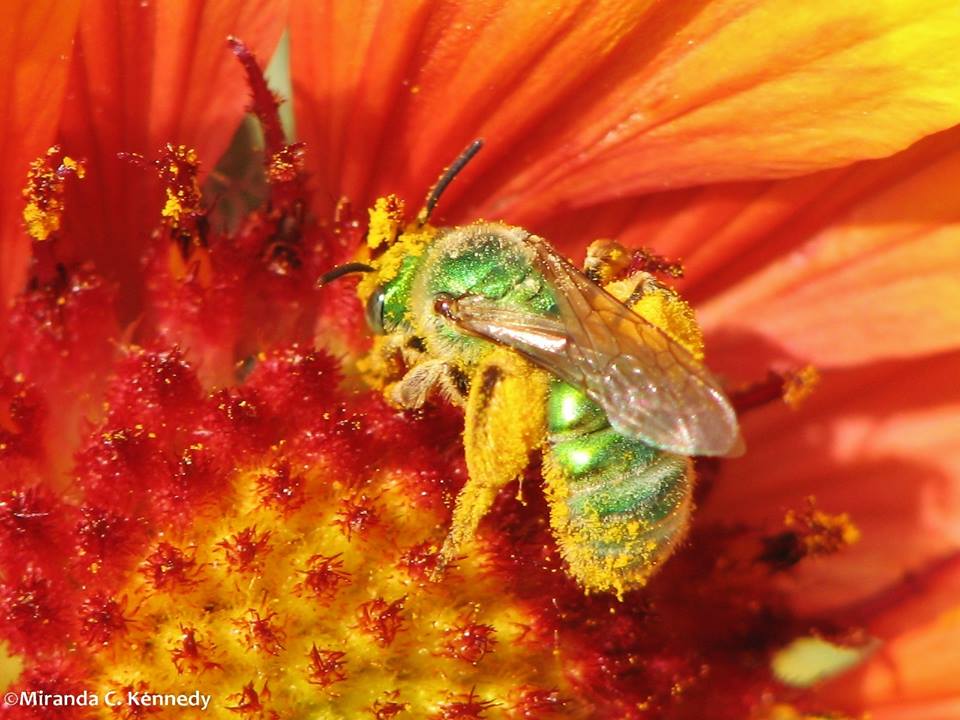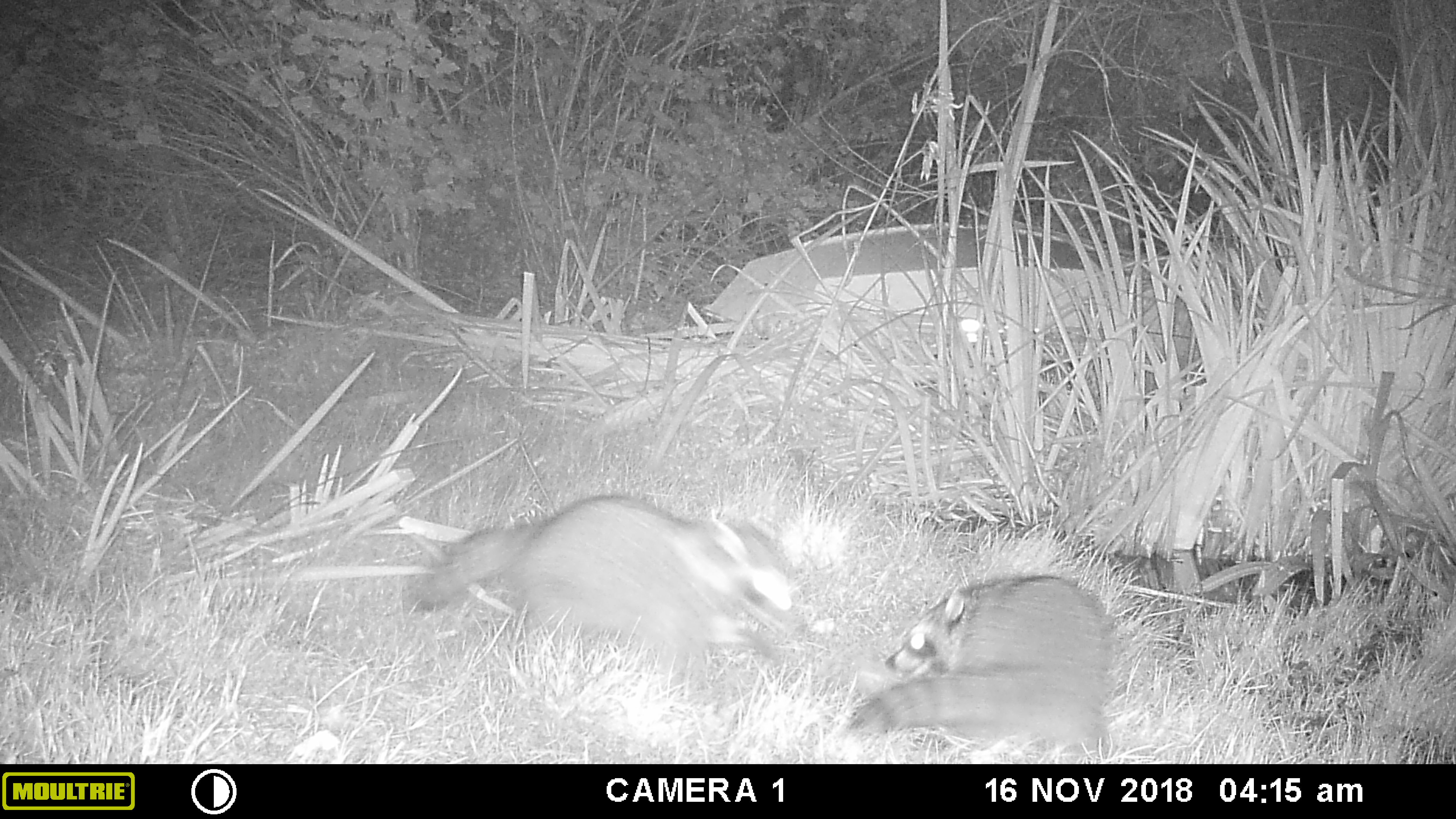Our Native Insects

Honeybees are European. There are no native honeybees in North America. What we have instead are thousands of bees, wasps and flies that may not make honey, but are responsible for pollination.

Here in dryland Southern California there are over 300 species of native bees just to San Diego. Here we live in an elfin forest of chaparral and other similar plant communities. Due to the lack of rainfall, alkalinity of the soil and water, and therefore smaller plants and flowers, many of our native insects are small as well. Some are the size of a fleck of dirt on your hand. Many of these little wonders predate on the pest bugs in your garden.

Most of these insects are solitary rather than colonial like the honeybees. They live in the ground, in hollow twigs or holes in dead wood. Leaving habitat around for them, or creating a native bee house, or buying one such as SoloBee’s, will encourage them to stay and feed in your yard. Another way would be to plant plenty of native plants around your property, especially those with clusters of small flowers such as buckwheat (Eriogonum sp.) and ceanothus. These tiny insects need a tiny landing pad, a little sip of nectar they won’t drown in, and plenty of food sources close together. Allowing some of your mint, carrots, dill and basil to go to flower also gives them a food source. On a warm day look carefully over a patch of small blooms and you’ll be amazed at the activity flying around the flowers.

If the non-native honeybee’s existence is being threatened, think about what effect pesticides – particularly systemics – as well as other chemicals, environmental factors and native plant clearance effects our indigenous little fellows and gals.
Stop using harsh chemicals outdoors, plant and maintain native plants, and take a very close look at tiny flowers. Helping the little ones helps all of us.
See more great insect photos under ‘photos’ on our Finch Frolic Garden Facebook Page.


